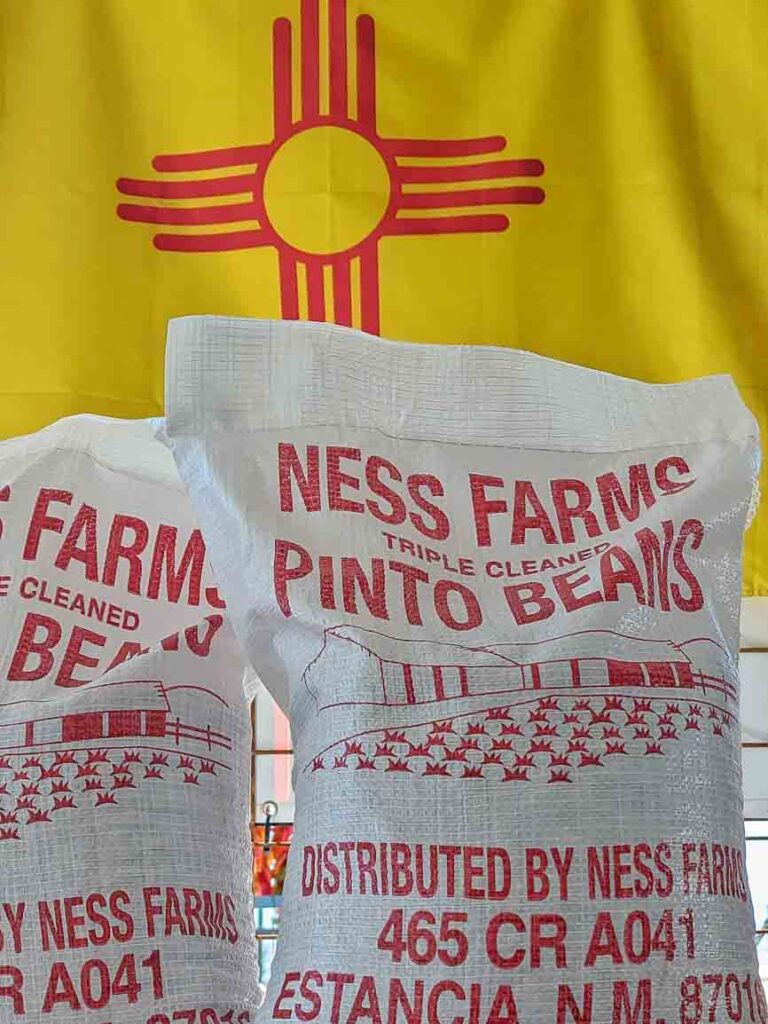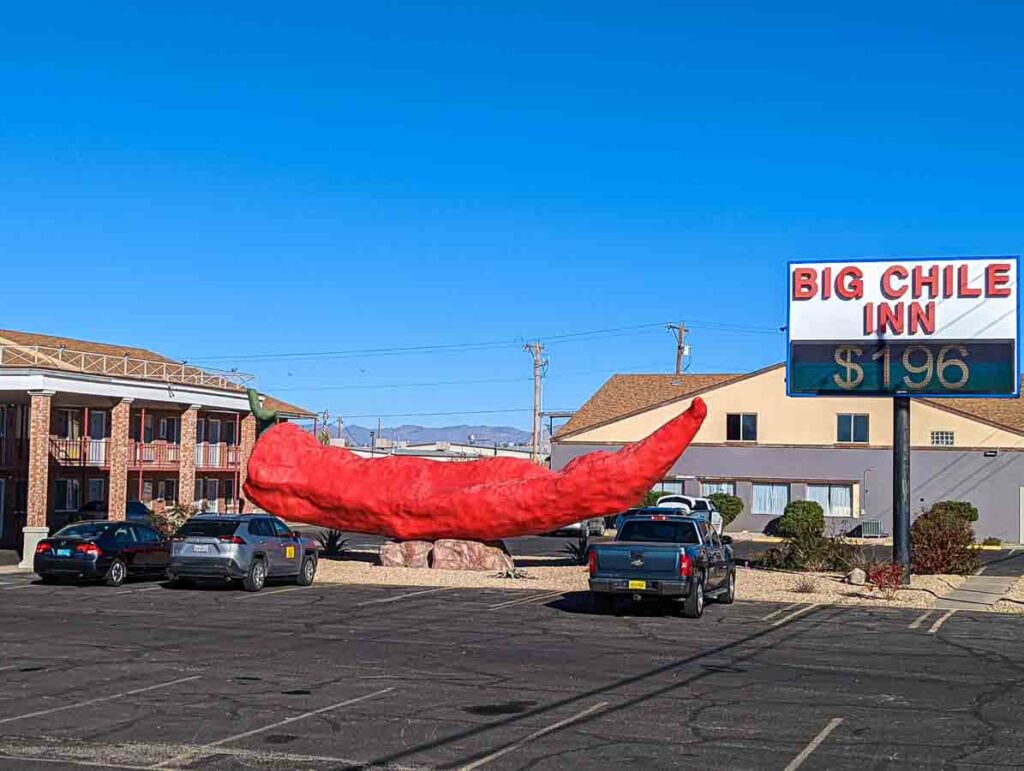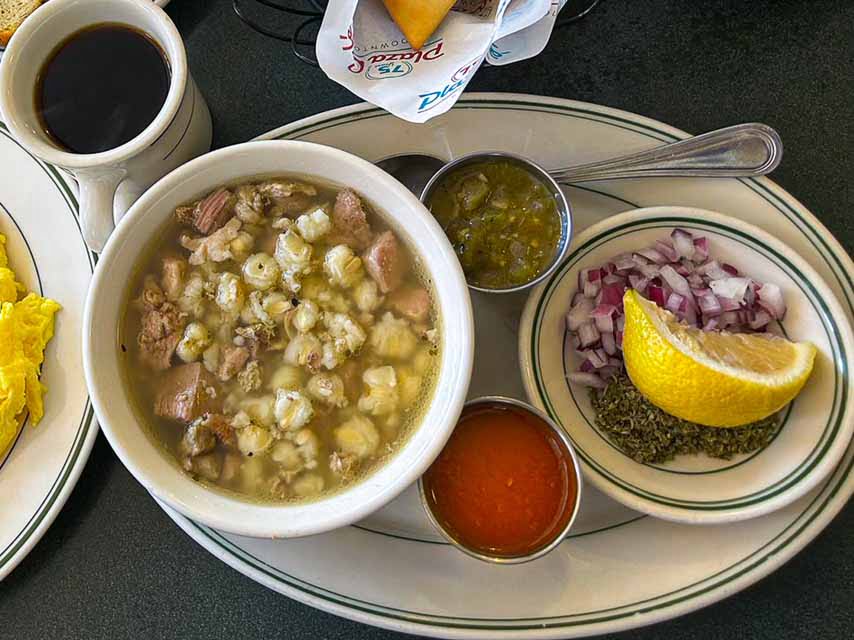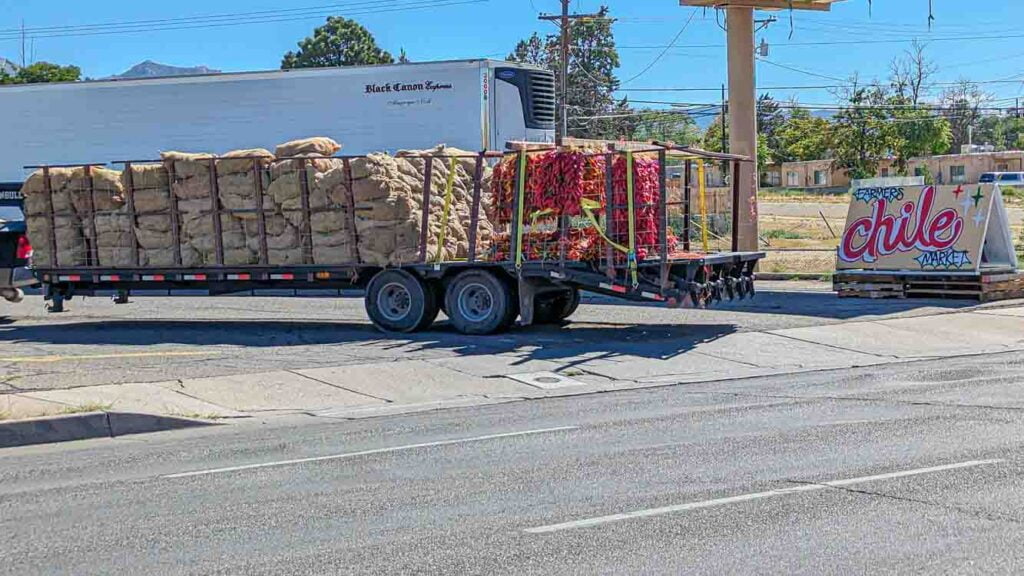Your cart is currently empty!
A Culinary Odyssey through New Mexico

Where Trails Converge and Chile Reigns Supreme
New Mexico, a land steeped in history and flavor, bears witness to centuries of cultural exchange and culinary evolution. From the ancient Pueblo people to Spanish conquistadors, Mexican settlers, and American pioneers, each group has left its mark on the state’s diverse gastronomic landscape. Central to this flavorful narrative is the chile pepper, a fiery emblem of New Mexico’s identity and the cornerstone of its cuisine.
The story of chile in New Mexico begins with the Spanish conquistadors, who introduced this fiery fruit to the region in the 16th century. The Pueblo people, the indigenous inhabitants of New Mexico, quickly adopted chile into their culinary repertoire, integrating it into their traditional dishes and developing new and innovative recipes. Over time, chile became deeply entwined with New Mexican culture, symbolizing not only flavor but also tradition, heritage, and a shared identity. Often combined with local foods such as chicos, hominy, or pinto beans, red and green chile are the quintessential ingredients in New Mexican cuisine.

The chile pepper’s journey through New Mexico was facilitated by a network of trails forged by Spanish explorers and settlers. El Camino Real, a historic trade route that stretched from Mexico City to Santa Fe, served as a conduit for cultural exchange and the introduction of new ingredients, including various chile varieties. The Old Spanish Trail, which connected Santa Fe to Los Angeles, further expanded the reach of chile peppers and contributed to their widespread cultivation in the modern American Southwest. El Camino Real has various landmarks around I-25 in New Mexico, and is worth a visit if you are a history buff!
Las Cruces, Albuquerque, and Santa Fe: Hubs of History and Flavor
Las Cruces
Las Cruces, situated at the crossroads of El Camino Real and the Butterfield Overland National Historic Trail, played a pivotal role in the development of New Mexico’s chile industry. The city’s fertile soil and warm climate proved ideal for cultivating chile peppers, and Las Cruces quickly became a major center for chile production and trade. It also became the site of New Mexico State University, which developed the premier chile breeding program in the world. Today, Las Cruces remains a vibrant culinary destination, renowned for its chile-infused dishes and annual Chile Drop.

Albuquerque
Albuquerque, strategically located along El Camino Real, and intersected by Route-66 the first modern superhighway, served as a vital trading post and cultural melting pot during the Spanish colonial era. The city’s proximity to the Rio Grande Valley, a rich agricultural region, provided ample opportunities for cultivating chile peppers and other crops. Albuquerque’s culinary scene reflects this diverse heritage, offering a wide array of chile-infused dishes that draw inspiration from Native American, Spanish, Mexican, and American traditions. Albuquerque is home to Farmers Chile Market, Albuquerque’s Original Chile roaster, and a great spot to visit during the chile season! Perhaps the most famous event in New Mexico, the Balloon Fiesta roughly doubles the size of New Mexico’s largest city.

Santa Fe
Santa Fe, the oldest capital city in the United States, was a major center of Spanish colonial power and cultural influence. The city’s unique blend of Pueblo, Spanish, and Mexican traditions is evident in its diverse cuisine, which features a wide array of chile-infused dishes. From traditional stews and enchiladas to innovative chile-infused desserts, Santa Fe’s culinary scene is a testament to the enduring legacy of chile in New Mexican culture.

Hatch, New Mexico: The Chile Capital of the World
Hatch, a small town located in the fertile Mesilla Valley, has earned the moniker “Chile Capital of the World” due to its long-standing reputation for producing high-quality chile peppers. The town’s unique combination of soil, climate, and water conditions creates an ideal environment for cultivating chile peppers with exceptional flavor and heat.

History of Hatch Chile
Dr. Fabian Garcia
The history of modern chile cultivation in Hatch dates back to the late 19th century when farmers began experimenting with different chile varieties. In the early 20th century, Dr. Fabian Garcia, a horticulturist at New Mexico State University (NMSU), played a pivotal role in developing new chile strains that were better adapted to the local climate and soil. New Mexico No. 9 was a revolutionary chile that began the New Mexican chile revolution. Garcia’s work revolutionized the chile industry in New Mexico, and his legacy continues to shape the way chile peppers are grown and consumed in the state.
Dr. Roy Harper
In the 1940s and 50s, Dr. Roy Harper, a plant breeder at NMSU, developed a new chile variety known as the New Mexico 6, which would eventually become NuMex 6-4. This variety, with its thick flesh, mild flavor, and high yield, quickly became a favorite among farmers and consumers alike. Today, the New Mexico 6-4 remains one of the most popular mild chile varieties grown in Hatch, and its distinctive flavor is synonymous with New Mexican cuisine. Not to be a one hit wonder, Dr. Harper also released Sandia chile, which went on to become the most popular hot variety of New Mexico chile for decades. Even today, it is the primary chile used to tie chile ristras. The updated version, known as Sandia select is still a great chile to roast with, and we commonly sell it along with Miss Junie as our hot green chile variety. Dr. Harper was also incredibly influential in Pecan breeding for New Mexican farmers.
Dr. Roy Nakayama
Dr. Roy Nakayama, a WW2 army veteran, is another major figure in the history of Hatch chile. He helped turn New Mexico 6 into NuMex 6-4In the 1970s, he worked extensively with farmers in the Hatch Valley to create what became the largest chile in the world, Big Jim. Big Jim chile in my experience is the chile most often sought out by name, instead of simply asking for hot, extra hot, mild, et al. He is also known for the variety R Naky, which shares the name of his family’s farm.
On the shoulders of giants
The cultivation of chile in New Mexico is one that will continue for many generations to come. There are many other major farmers and horticulturalists who work hard every day to make the next great chile variety. New Varieties such as Lumbre or Ms Junie continue to be produced, and with time we will also note the people behind them as well. Perhaps in 20 years, you might even read about me and my work in the field of New Mexico chile!
New Mexico’s Heart and Soul
The chile peppers grown in Hatch and New Mexico at large are renowned for their unique flavor profile, which is characterized by a balance of sweetness, smokiness, and heat. The Hatch chile harvest, which takes place from late summer to early fall, is a major cultural event in New Mexico, attracting visitors from around the world who come to savor the fresh, flavorful chile peppers and participate in the numerous chile festivals, most notably the Hatch Chile Festival, and celebrations.
The rich and diverse culinary traditions of New Mexico are a testament to the state’s complex history and cultural heritage. From the ancient Pueblo people to Spanish conquistadors, Mexican settlers, and American pioneers, each group has contributed to the creation of a unique and flavorful cuisine that is both rooted in tradition and open to innovation.
The chile pepper, a fiery symbol of New Mexico’s identity, stands at the heart of this culinary tapestry. Its journey through time and space, facilitated by historic trails and the tireless efforts of dedicated individuals, has shaped the way New Mexicans eat, cook, and celebrate. Whether you’re savoring a bowl of red chile posole in Santa Fe, indulging in a green chile cheeseburger in Albuquerque, or attending a the chile festival in Hatch, you’re experiencing a culinary legacy that is as vibrant and diverse as the land itself.

The story of chile in New Mexico is a story of resilience, adaptation, and creativity. It is a testament to the power of food to connect people, cultures, and traditions. As New Mexicans continue to celebrate their culinary heritage, they are also creating a legacy for future generations. By preserving traditional recipes, supporting local farmers and producers, and embracing culinary innovation, New Mexicans are ensuring that their food culture will continue to thrive for years to come.